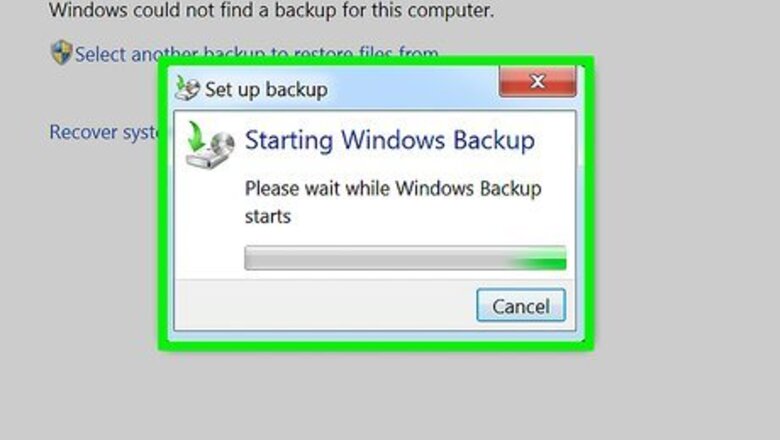
views
Formatting the Hard Drive Without Reinstalling Windows 7
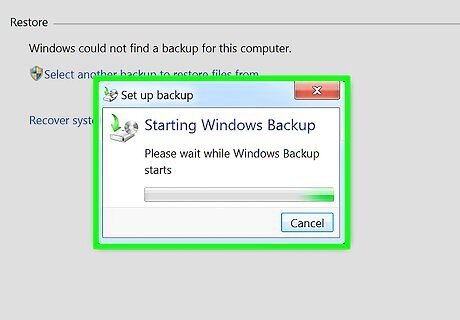
Backup all your files, drivers and settings so that you can restore them later.
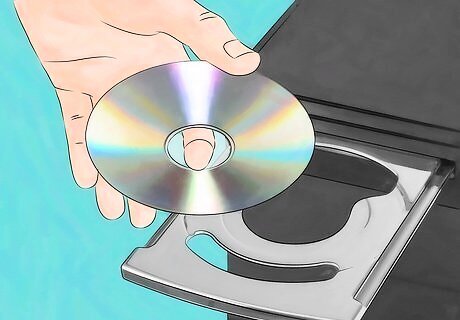
Find all your installation discs or product keys for the programs you want to keep so that you can restore them after the installation is complete.

Partition your hard drive. This means dividing the hard drive into parts and making the parts available to the OS (Operating System).

Click on “Start” and then Control Panel.

Click on “Administrative Tools” in the System and Security window.
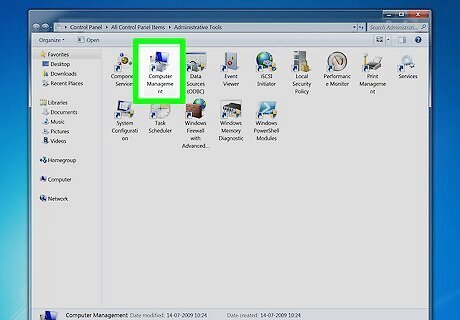
Double-click on “Computer management.”

Click on “Disk Management.”
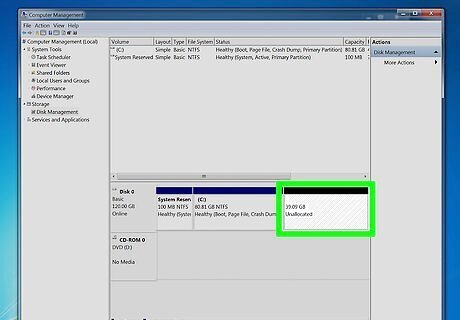
Find the drive you want to partition. It may be labeled Disk 1 or say “unallocated.”
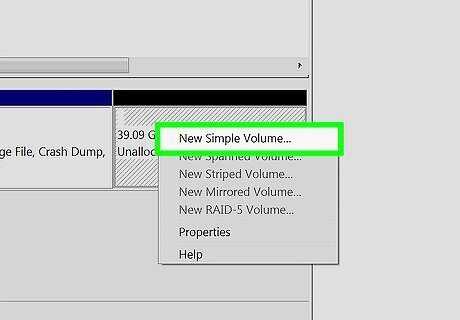
Right click on the “unallocated” space and check “New Simple Volume.”
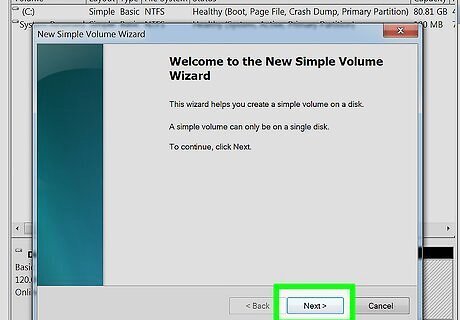
Click “Next” and “Next” again to confirm the size of the partition. You can choose the entire size of the hard drive or you could choose to create several partitions at this point, the total of which equals the size of the drive.

Assign a drive letter. You can choose any letters other than A or B.
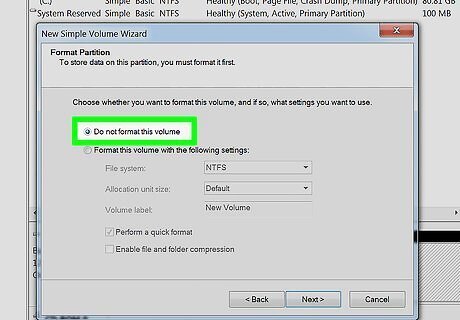
Click “Do not format this volume” and then “Next.”
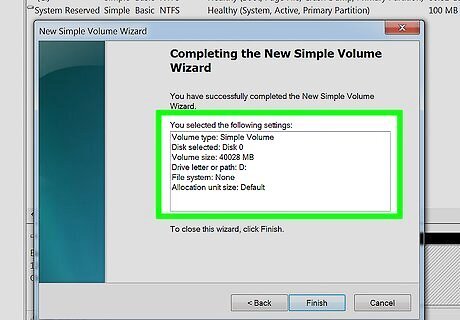
See the summary that pops up of your chosen partition options and check that they are correct.
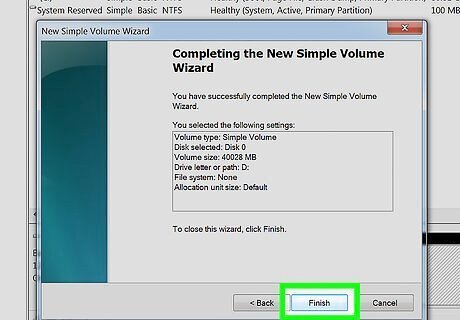
Click “Finish.”
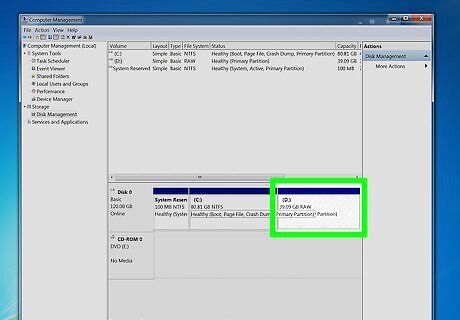
Find the drive you want to format from Disk management.
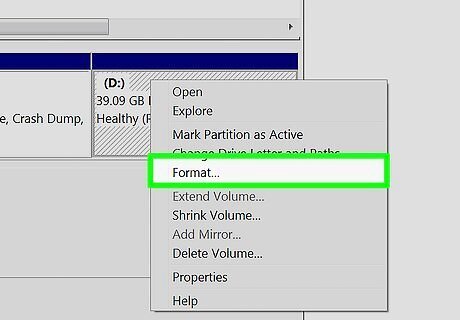
Right click on the correct drive and click “Format.”
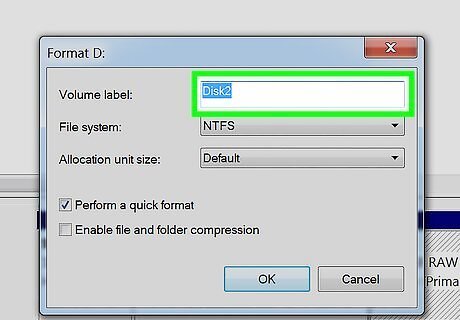
Name the drive. For example, name it “Music.”

Choose “NTFS” for the file system.
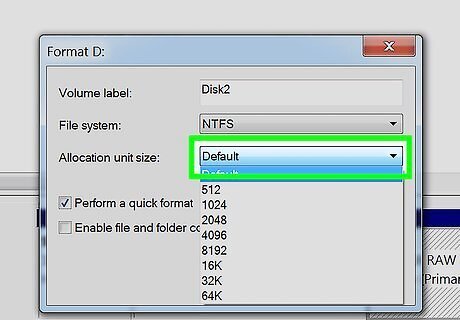
Choose an “allocation unit size.” You can pick “Default” here.
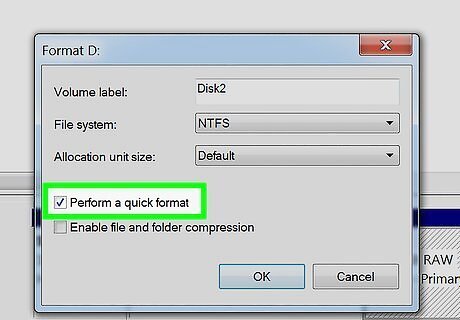
Uncheck “Perform a quick format,” so that you can choose a standard format and that all sectors are checked for errors.
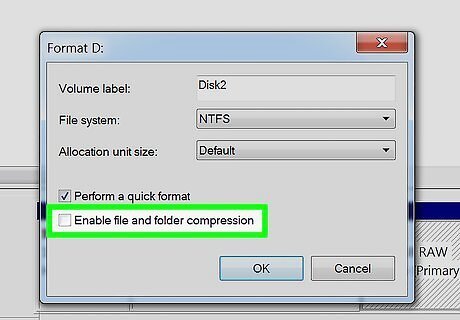
Uncheck “Enable file and folder compression.”

Click “OK.”

Click “OK” when you see “Formatting this volume will erase all data on it.”
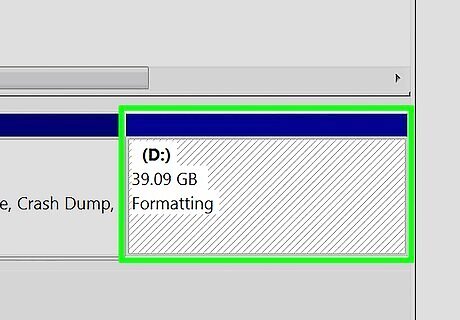
Watch the formatting take place. You will see the progress.
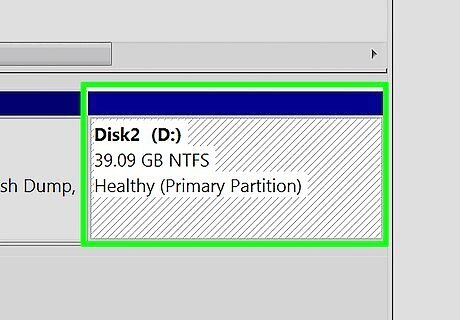
See that the status has changed to “Healthy.”

Repeat these steps if you want to format other drives.
Formatting the Hard Drive by Reinstalling Windows 7
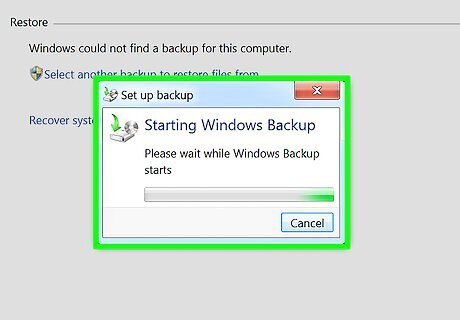
Backup all your files and settings so that you can restore them later.

Find your Windows 7 product key: This should be printed on a sticker on your PC or on the documentation that was included with your PC. You will need this product key to reinstall Windows. If you do not have the installation discs, they can be obtained from Microsoft at microsoftstore.com/store/msusa/en_US/DisplayHelpPage. You download the Windows 7 ISO file to a DVD or USB flash drive.
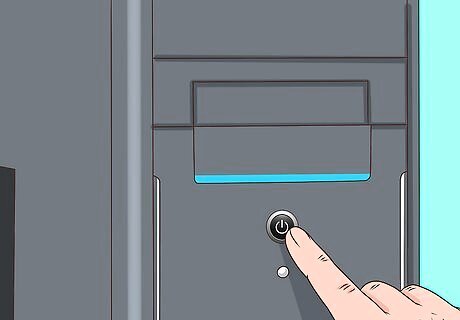
Start your computer. Let Windows start and insert the Windows 7 USB flash drive or installation disc
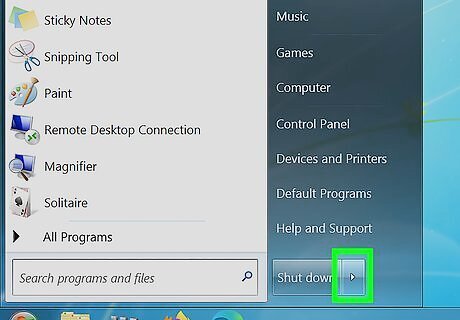
Shut down your computer.
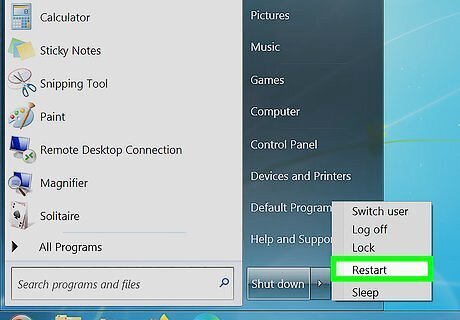
Restart your computer.
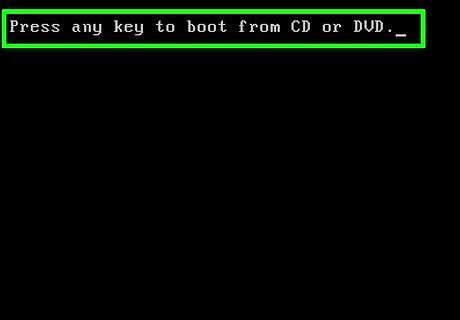
Press any key when you see the prompt.
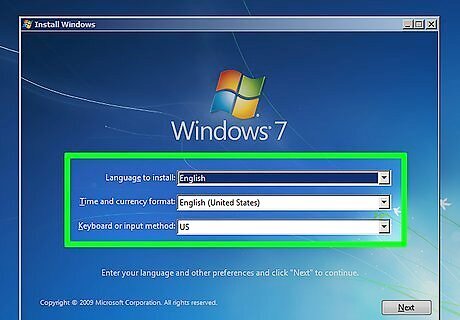
Enter your language and other preferences in the “Install Windows” window, and then click “Next.”
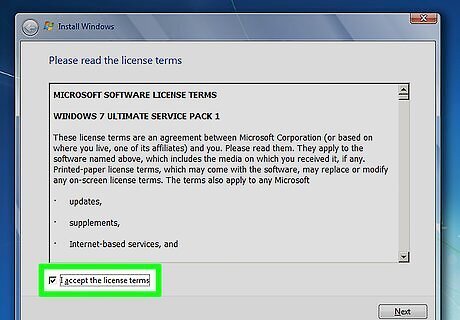
Accept the license term and click “Next.”
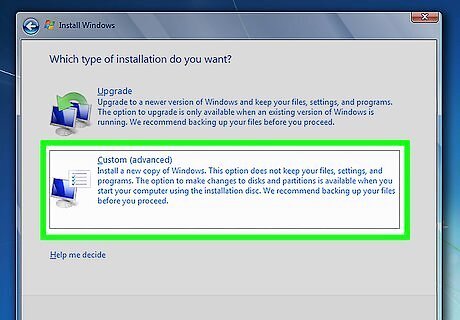
Click “Custom” on the “Which type of installation do you want?” window.

Click “Drive Options Advanced” on the “Where do you want to install Windows?” window.
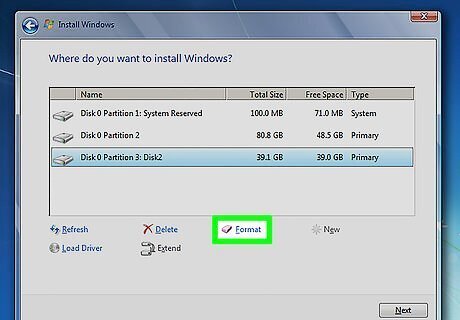
Click any partition that you want to change, clicking the formatting option you want to perform.
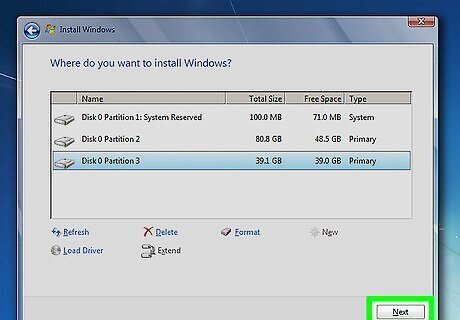
Click “Next” when you have finished formatting.
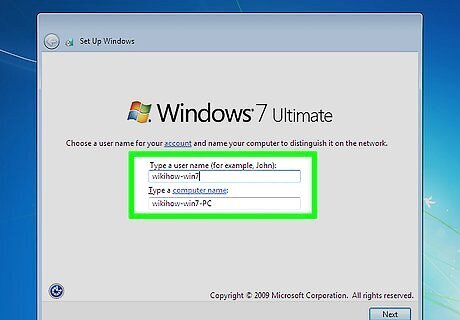
Follow the instructions to finish installing Windows 7. You will name your computer and set up a user account.
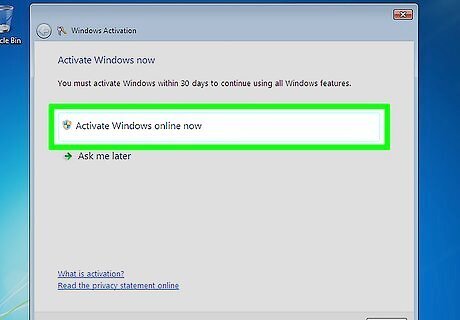
Click “Activate Windows online now.” If you are prompted for an administrator password, type the password or provide confirmation.
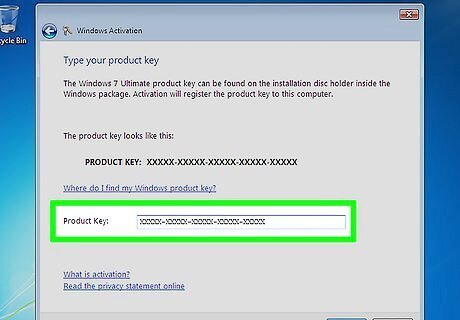
Activate your Windows 7 by typing your Windows 7 product key when prompted, click “Next,” and then follow the instructions or activate by clicking “Start,” “Computer,” “Properties” and “Activate Windows Now.”

Install your anti-virus software and enable the Windows Firewall. (Start, Control Panel, Windows Firewall.)
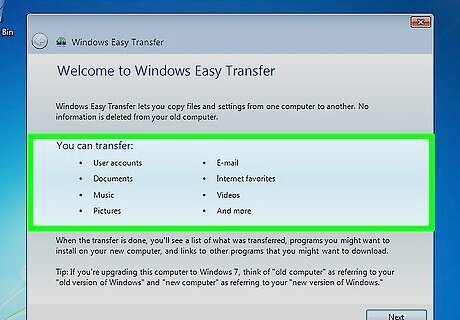
Install all your programs, hardware and backed up files.




















Comments
0 comment